PS5 Pro review: the most powerful games console on the planet
The PS5 Pro does everything Sony promised it would, but is it worth upgrading if you already own a PlayStation 5?

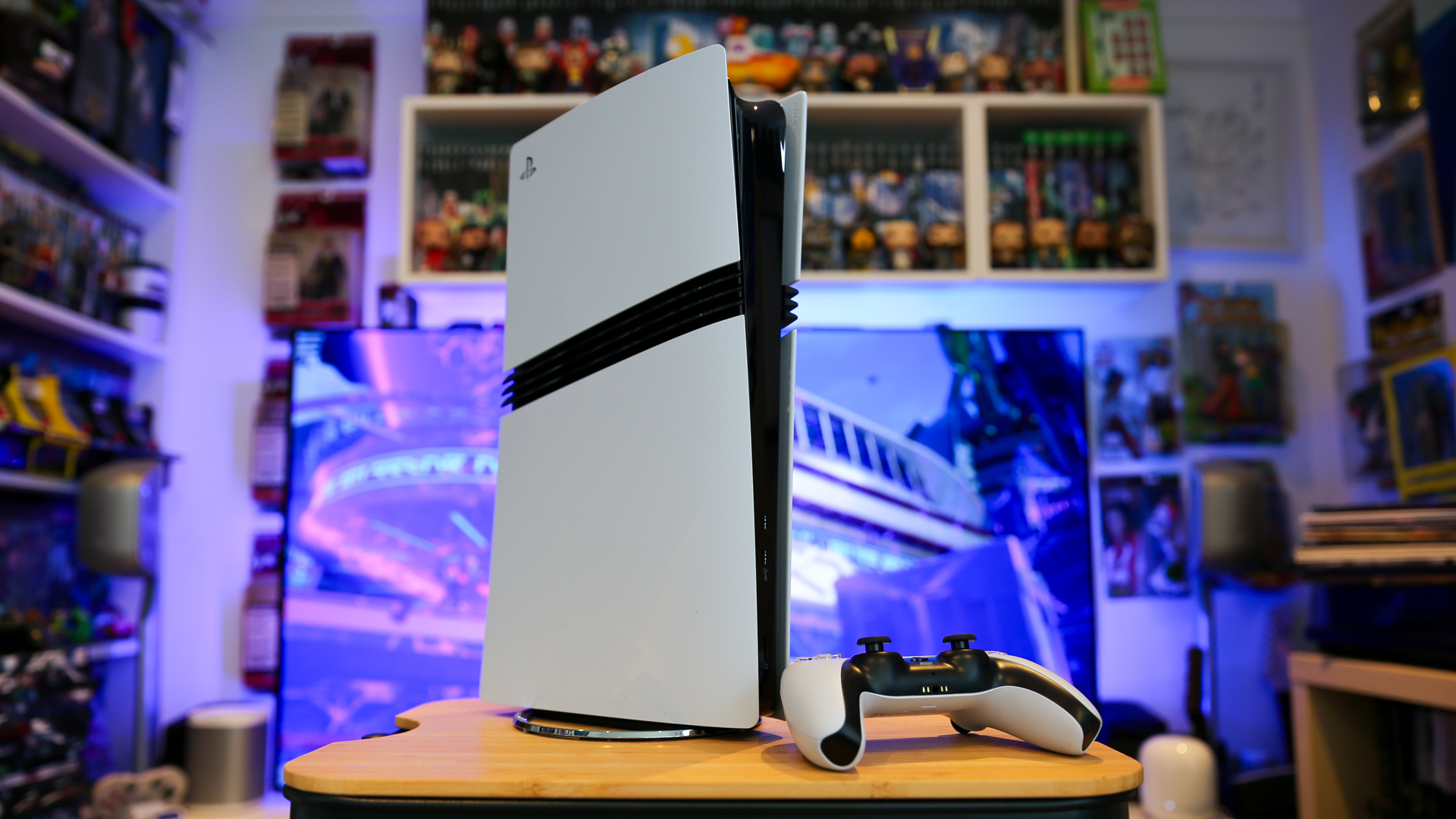
The PS5 Pro is finally here and immediately sets its stall as the most powerful games console on the planet. PS5 Pro Enhanced games use its additional graphical prowess to offer eye-popping visuals, which includes ray tracing and higher resolutions without negatively impacting frame rates. While the extra storage space afforded by the 2TB SSD is most welcome. If only it came with a disc drive and vertical stand as standard, but it does everything else just right. Yes, it's pricey, but so too is a half-decent gaming PC with similar capabilities, so it's all relative.
-
+
Upgraded graphical grunt where it matters
-
+
Capable of up to 8K 60Hz gaming (at last)
-
+
Runs silently, even with the extra processing power
-
+
2TB SSD storage as standard
-
-
No disc drive (can be added as an optional extra)
-
-
No vertical stand in the box
-
-
That price
Why you can trust T3

When Sony first announced its next-gen PlayStation 5, back in the heady days of 2020, it proclaimed that it would bring about the age of 8K, ray tracing and 4K 120Hz gaming on a console. However, just a few months into its full release, it became clear that at least one of those was a mere pipedream, while the others were unlikely to ever happen simultaneously.
As good as the PS5 was (and still is), its talents were perhaps overestimated.
That's where the PS5 Pro steps in. It's a mid-generation refresh that introduces enough hardware upgrades to better realise some of those original teases. And it can indeed play games at 8K at last. Plus, it fixes a few other failings of the original console, such as much beefier SSD storage, with 2TB to play with before you even need to consider adding one of the best PS5 SSD expansion cards separately.
But is there enough to warrant an upgrade if you've already got one of the standard PS5 models? There's really only one way to find out.
PS5 Pro review: price & availability
Much has been said already about the price of the PS5 Pro and yes, it is a hefty chunk of change.
Costing £699.99 / $699.99 / AU$1,199.95, it is not an inconsiderable purchase and is significantly more expensive than the slimmer PS5 variant released at the tail end of 2023.
However, considering that the upgrades bring it up to speed with a decent gaming PC, the additional cost can be mostly justified in that context. A similarly-specced gaming desktop will cost you a few hundred more, in fact.
Get all the latest news, reviews, deals and buying guides on gorgeous tech, home and active products from the T3 experts
Add to this that the price of the PS5 Pro is roughly equivalent to the entry point for most flagship smartphones and you get the gist. So yes, it is pricey for its category, but less so in consideration with other top-notch tech.
Perhaps less forgiving is that you don't get a disc drive with the console – it's digital only – so you'll have to cough up more if you want to use physical media. And even more irksome is that you don't get a vertical stand included in the box neither. That too will set you back extra if you want to set the PS5 Pro on its end.
PS5 Pro review: what's new?
But apart from the price, there's plenty else different about the PS5 Pro to consider when purchasing anew or upgrading.
It is larger than the PS5 Slim – around the same height as the original PS5 – although it does maintain a slimmer profile. It also comes with detachable covers, albeit with an Adidas-style three-stripe motif.

There's an additional USB-C port on the front too, which replaces the USB-A found on the standard machines. And connectivity is further boosted through an upgrade to Wi-Fi 7.
However, the biggest new features come from within – most notably thanks to a big boost in graphical processing. And there's the aforementioned 2TB SSD storage which makes complete sense considering you'll be downloading all your games from the digital store. Unless you buy the official disc drive separately, of course.
PS5 Pro review: design and setup
It must be said that the PS5 Pro is a handsome looking machine, especially when vertical. It is svelte in all the right places and the new striped styling works well.
There are few surprises around the rear, considering it sports exactly the same ports as its older brethren. And, in fact, you can just plug in most of the leads you already use if you're simply upgrading. I'd recommend swapping the HDMI cable though, as the new one might be better suited.
As usual, you get all the cables in the box anyway – apart from Ethernet, that is – but then you can connect to your home network via Wi-Fi 7 instead.

The second USB-A port on the rear might turn out to be more useful than before, considering the front alternative has now been replaced with an additional USB-C, but the rest is pretty straightforward – power, 1-gig Ethernet, and HDMI.
Sony hasn't specifically said which HDMI standard it uses, but I'd hazard a guess that it's HDMI 2.1 to achieve the promised 8K 60Hz output – hence using the new HDMI cable, just in case.
Perhaps the biggest feature of its design is the array of fines just under the cover on the top. Considering the Pro has a more power hungry GPU and is therefore likely to run hotter, the console remained largely untroubled during my testing. Rarely did it emit hot air, nor did it make a sound.
It'll be interesting to find out how it copes in the summer months, when the ambient temperature is much higher, but it currently runs as silently as you'd like. A far cry from the PS4 Pro of 2016 – that was a wheezing helicopter of a machine.
It's worth noting that every part of the setup (and user experience) is identical to the existing PS5 models. And, if you do already have a profile, you can automatically set the console on its sweet merry way by using the PlayStation App for Android and iOS. That includes all of your settings and homepage layout from your previous console if upgrading.
PS5 Pro review: hardware and features
Like any PS5, the Pro comes with a DualSense controller as standard and that's fine. After all, it continues to be a well-designed, feature-rich gamepad. I would advise you consider upgrading to a DualSense Edge sometime in the future as matching a pro console with a pro controller makes a lot of sense, but the standard DualSense is more than capable to kick off with.
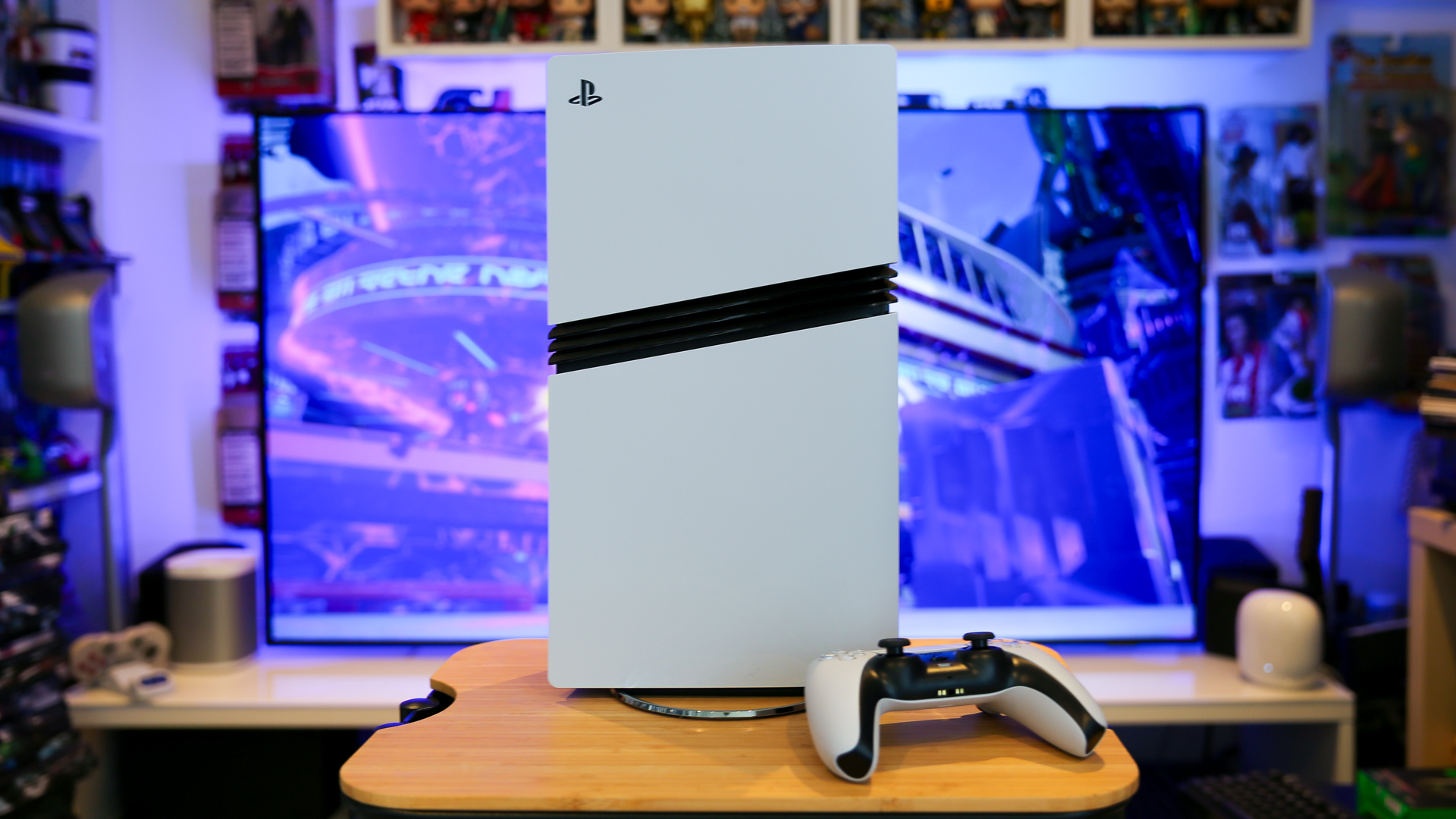
It's inside the console where the magic happens though, as the upgrades are possible thanks to a custom 16.7 TFLOPS GPU – up from the 10.28 TFLOPS equivalent in the original and slim models. The CPU is largely the same (based on the AMD Ryzen Zen2 processor), but it can be overclocked at developer level to perform a tad faster.
RAM is similar to before – 16GB of GDDR6 for graphics, 2GB of DDR5 for everyday processing – but when everything is combined, the new capabilities are significantly more advanced.
For starters, the hardware enables developers to make use of Sony's new PSSR (PlayStation Spectral Super Resolution) tech, which is similar to Nvidia's DLSS or AMD's FSR found on PC. It uses intelligent upscaling to expand a lower res image to 4K, increasing detail and crispness in the process. It allows games to run in what looks to be native 4K to the naked eye, but at much higher frame rates as it demands less from the GPU.
Added to that is more power for ray tracing, so the ambient lighting and reflections tech can be utilised more often, even when a game is running at its highest resolution and frame rate. In short, you get smoother, more detailed and natural-looking games when playing on PS5 Pro – as long as the developers have introduced the option via a patch.
The console is more capable with PS4 titles too, with a special mode allowing for better resolutions, frame rates and image quality when playing a decent selection of last-gen games. Of course, you're unlikely to want to sell a kidney just to fractionally improve your PlayStation 4 library, but it's a nice bonus regardless.
PS5 Pro review: games and media
The proof is in the pudding, so they say, and I thankfully got to play a healthy selection of PS5 Pro Enhanced games prior to the console's launch.
The most impressive by far were Insomniac's Ratchet & Clack: Rift Apart and Marvel's Spider-Man 2. Both offer the same suite of upgrades for the console, which includes a number of new "Pro" modes, such as a performance mode with ray tracing features switched on.
The standard version of each game gives you a performance mode with 60fps gameplay or a fidelity mode with RT effects, but here you can enjoy the whole kit and caboodle in one. Both games look simply spectacular.
F1 2024 is another that really enjoys its run out on the PS5 Pro. On track ray tracing is a new option that was previously restricted to PC, while it's now even possible to play the game in 8K 60Hz if you have a capable TV or monitor. I haven't yet been able to test that, but running the game in 4K 60Hz and with in-race RT on a 65-inch Philips OLED 809 was just eye-popping.
The same can be said for the new Horizon Zero Dawn Remastered and Hogwart's Legacy, with the latter's improvements being more subtle but no less welcomed.
There have so far been more than 100 games announced for PS5 Pro Enhanced improvements, some via free patches, others yet to be released, so there'll be plenty of opportunities for you to savour the upgrades yourself. But also don't forget that this is a PlayStation 5 at its heart, so will run any game available for the previous models too – just not necessarily with additional graphical flair.
It is equally at home with the same streaming services, too, including Netflix, Amazon Prime Video and Apple TV+. And looks great when doing so. You just won't be able to play your DVDs or Blu-rays (4K or otherwise) without the optional disc drive.
PS5 Pro review: worth upgrading?
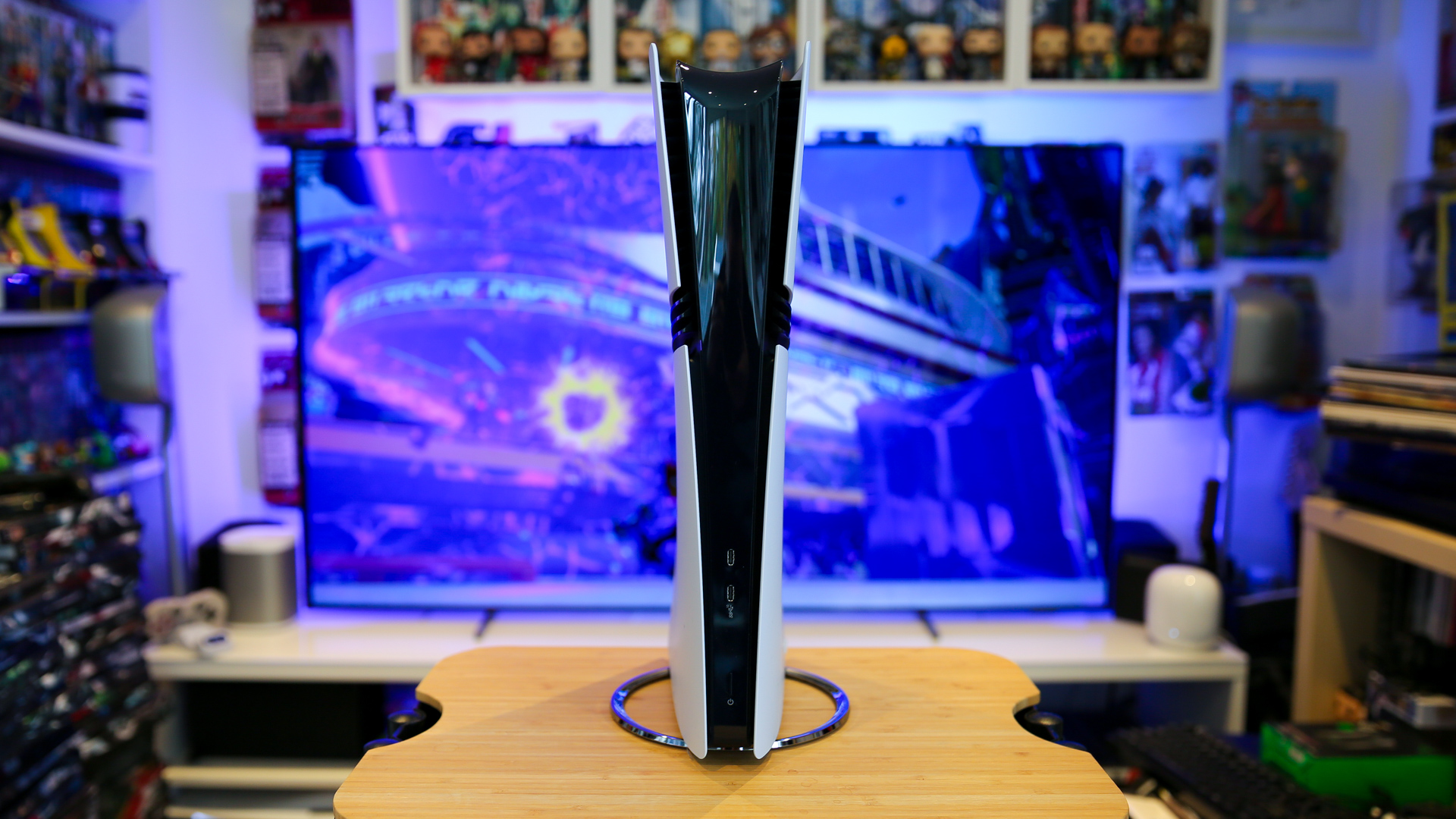
Now I come to the million dollar question (well, £699.99 / $699.99 one) – is the PS5 Pro worth upgrading to if you already have a PS5? And the answer really comes down to just how dedicated to your gaming you are, plus what type of display you plan to plug it into.
It's worth pointing out that, while there are a few tweaks of worth in other areas, the real benefits afforded by the Pro model are graphical – it essentially makes your games look better. Much, at times.
However, bar some exceptions, it won't make them play any better. Yes, there's an argument to suggest that higher frame rates can make a difference in certain types of games, thanks to lower latency and response times, but most of those are already likely to give you an option to play in 60Hz or even 120Hz, just at lower resolutions and/or without ray tracing support.
And so the honest answer is that, if you don't upgrade you'll not really be missing out on much beyond visual improvements.
However, if you have a large-screen 4K HDR OLED TV or similar, which is capable of 120Hz gaming and likely supports both VRR (Variable Refresh Rates) and ALLM (Auto Low Latency Mode), you might want to spend that bit extra to make the most of your tech. The Pro is the best way of giving it a proper workout, that's for sure.
Of course, if you are new to the PS5 or PlayStation in general, it's an absolute no-brainer – even at this price point. This is the best video games console on the planet right now, full stop. And is likely to be for the next few years.
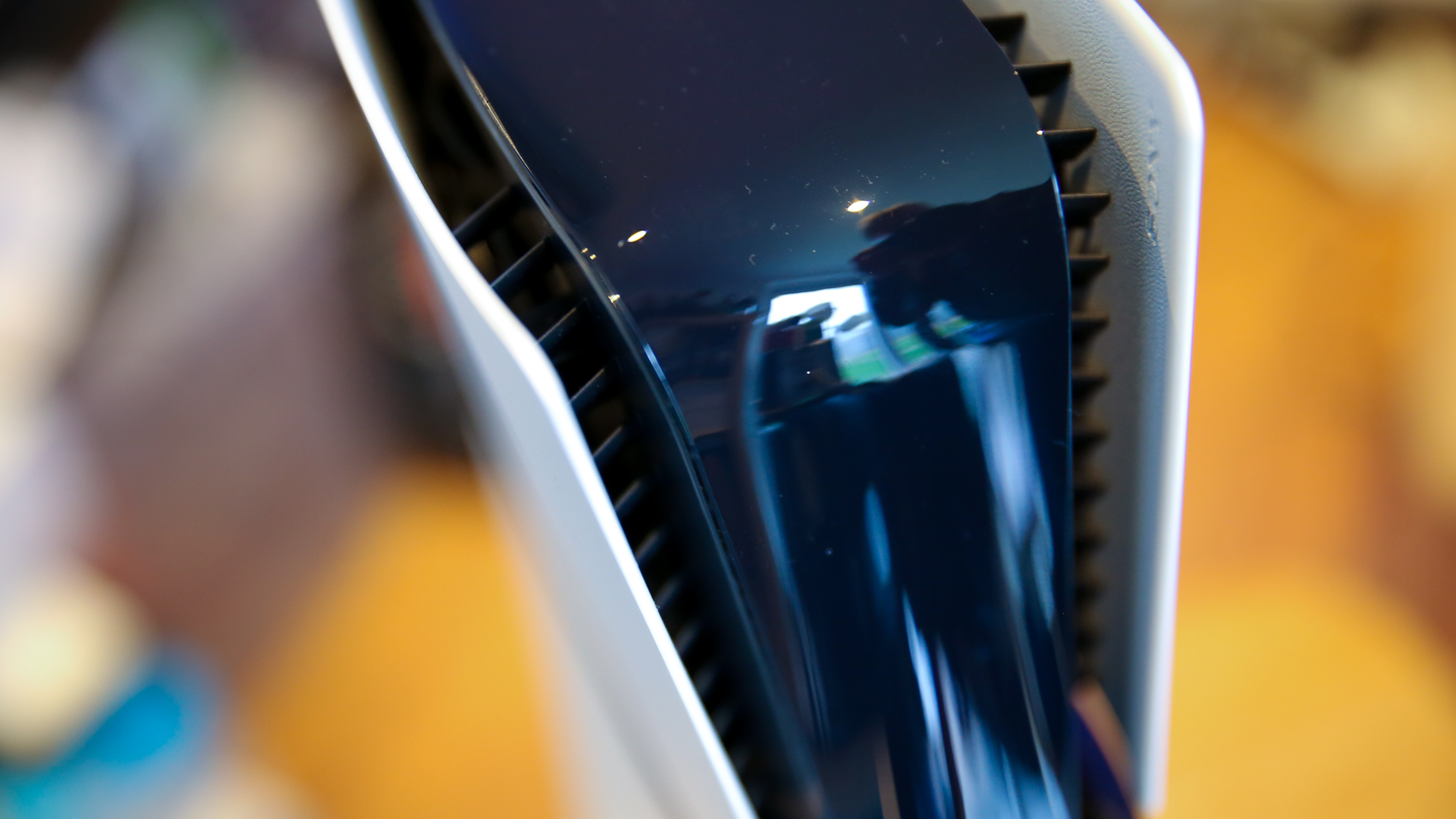


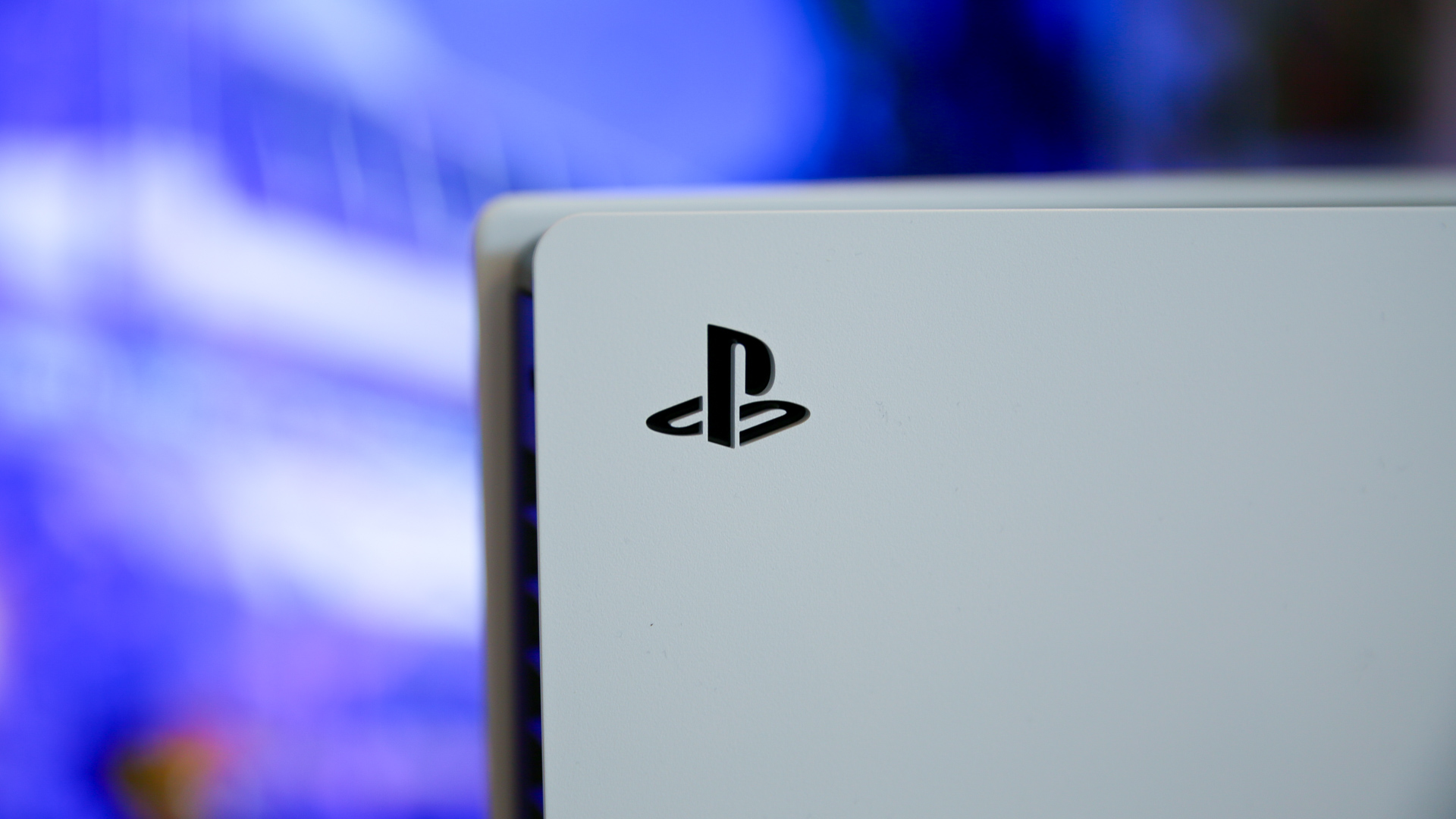
PS5 Pro review: verdict
The PS5 Pro is therefore a five-star product through and through, irrespective of a missing vertical stand and official disc drive. It might not bat away the PS5 in every aspect, but then it shouldn't – the original and slim consoles are still fantastic in their own right – but it does enough to justify the "Pro" label.
There is simply nothing better available today, bar going the whole hog and settling for an even more costly gaming PC. And, as we're only in the early days of development when it comes to enhanced titles, I can't help but feel it has even more potential than is immediately apparent.
I for one am excited by that prospect. Now I just need to convince my bank manager.
PS5 Pro review: also consider
If you're new to PlayStation then you should also think about the standard PS5 – after all, it'll save you more than £200 in the UK, and $200 in the States. That's a lot more to invest in games.
You also get a disc drive by default with the standard model.
And there's the Xbox family of consoles too, which had recently been expanded to include the Xbox Series X Digital Edition and 2TB Xbox Series X Galaxy Black Special Edition.
Neither are quite on the same level as the PS5 Pro, but they are more powerful than the standard PlayStation 5 and cheaper than Sony's latest release.

Rik is T3’s news editor, which means he looks after the news team and the up-to-the-minute coverage of all the hottest gadgets and products you’ll definitely want to read about. And, with more than 35 years of experience in tech and entertainment journalism, including editing and writing for numerous websites, magazines, and newspapers, he’s always got an eye on the next big thing.
Rik also has extensive knowledge of AV, TV streaming and smart home kit, plus just about everything to do with games since the late 80s. Prior to T3, he spent 13 years at Pocket-lint heading up its news team, and was a TV producer and presenter on such shows as Channel 4's GamesMaster, plus Sky's Games World, Game Over, and Virtual World of Sport.
